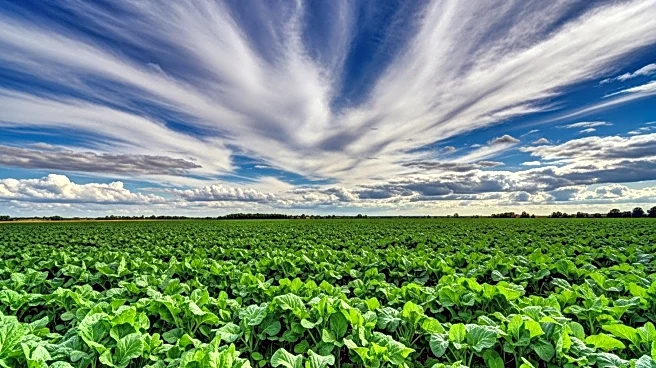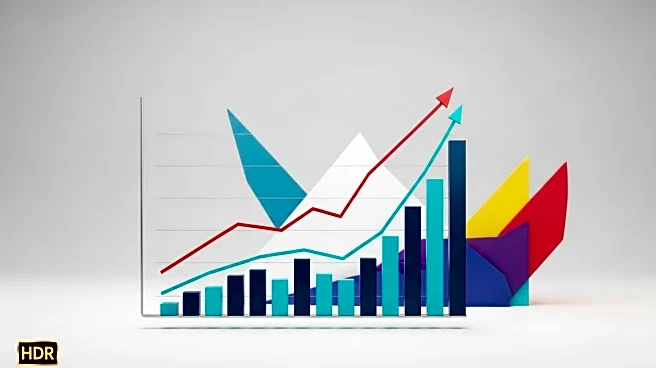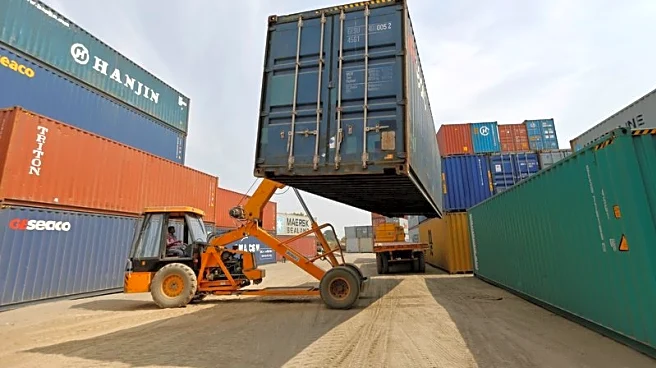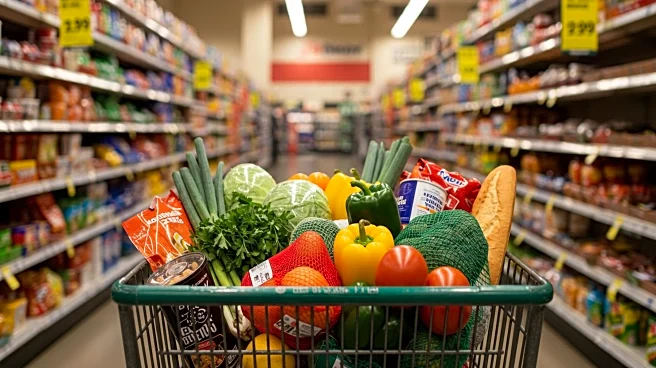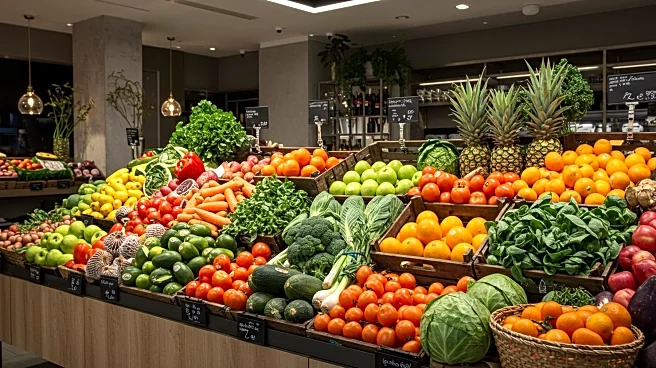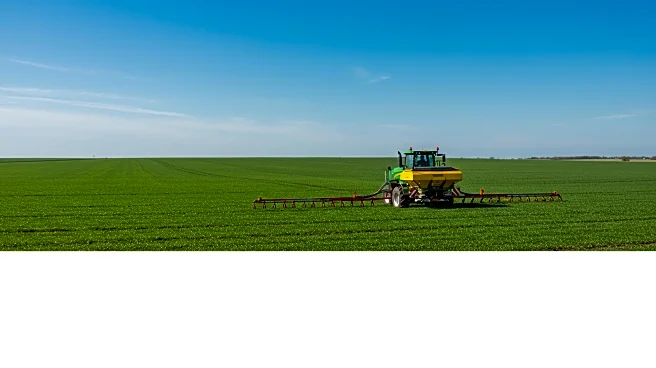What's Happening?
The phenomenon of 'climateflation' is increasingly affecting global food prices, as extreme weather events disrupt agricultural production. Farmers worldwide are facing challenges due to unpredictable weather patterns, including droughts and heatwaves, which have led to significant crop losses. For instance, heatwaves in Ivory Coast and Ghana have drastically reduced cocoa yields, while similar conditions in India have affected onion and potato production. These disruptions are causing supply chain issues, leading to higher food costs for consumers. The term 'climateflation' describes the inflationary pressures on food prices resulting from climate change, as noted by Dr. Maximilian Kotz, a researcher at the Barcelona Supercomputing Center.
Why It's Important?
The impact of climateflation is profound, affecting both the agricultural industry and consumers. As food prices rise, households, particularly those with lower incomes, may struggle to afford healthy food options, potentially exacerbating health issues such as malnutrition and diet-related diseases. The agricultural sector faces increased pressure to adapt to changing climate conditions, which could lead to long-term shifts in farming practices and crop selection. Additionally, the economic burden of rising food prices could lead to broader societal challenges, including increased poverty and food insecurity.
What's Next?
As climate change continues to influence weather patterns, the agricultural industry may need to implement adaptive strategies to mitigate crop losses and stabilize food prices. This could involve investing in climate-resilient crops and technologies. Policymakers might also need to consider measures to support farmers and protect consumers from the economic impacts of climateflation. Efforts to reduce greenhouse gas emissions could play a crucial role in addressing the root causes of climateflation and minimizing its future impact.
Beyond the Headlines
The ethical implications of climateflation are significant, as it highlights the disparity between developed and developing nations in coping with climate-induced challenges. Wealthier countries may have more resources to adapt, while poorer regions could face severe consequences. This disparity raises questions about global responsibility and the need for international cooperation to address climate change and its effects on food security.
